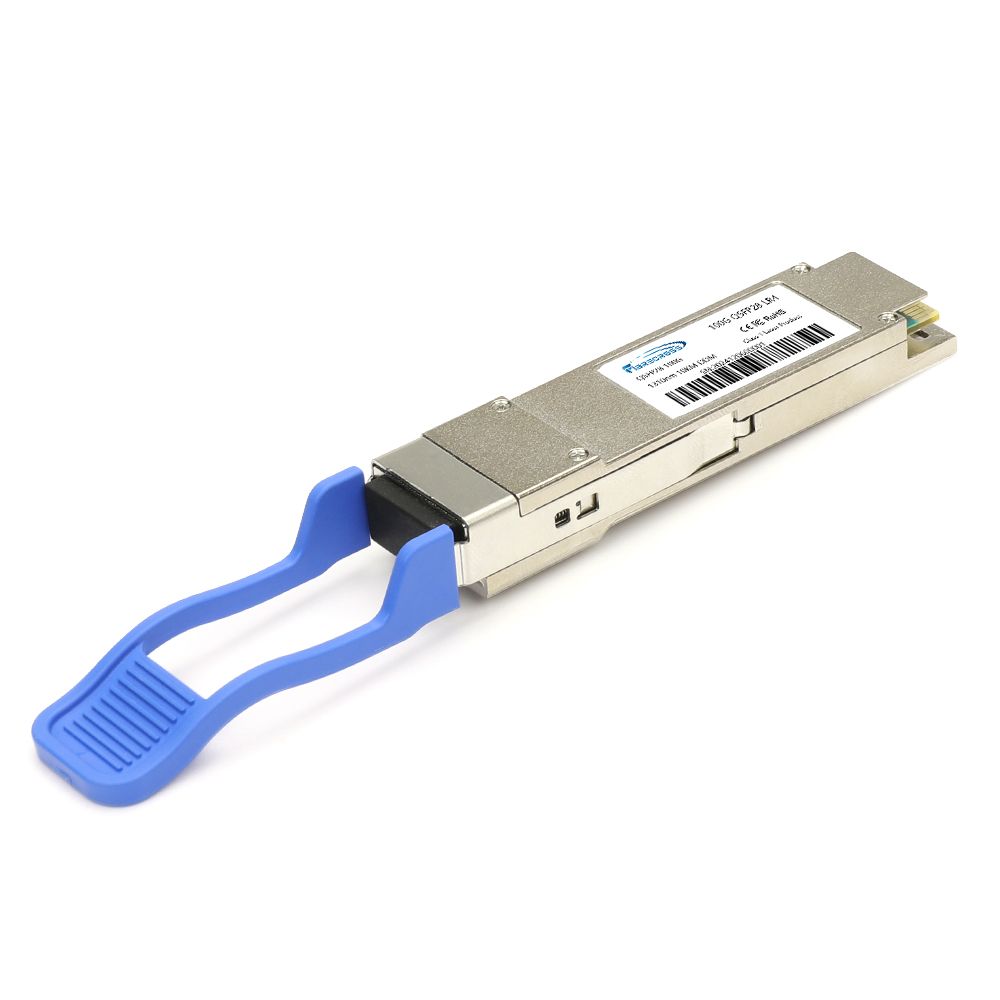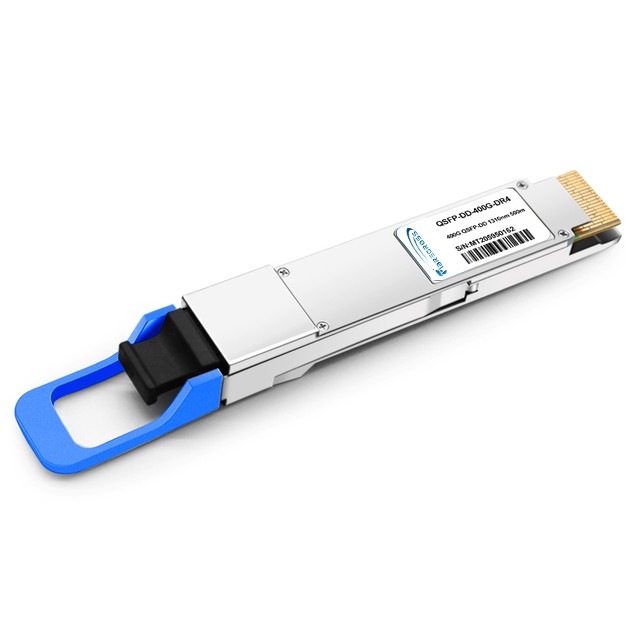How Big Is the 800G Optical Transceiver Market in 2025?
The demand for faster, more efficient, and scalable data transmission is transforming the global optical communication industry. At the heart of this transformation lies the 800G optical transceiver—an advanced module capable of transmitting 800 gigabits per second. As data traffic continues to skyrocket worldwide, these modules are no longer a futuristic concept; they are quickly becoming a commercial reality.
In 2025, the global market for 800G optical transceivers is positioned for remarkable growth. This article examines the size of the market, the factors fueling demand, the competitive landscape, and what the future holds for this fast-evolving sector.

Market Size in 2025
The broader optical transceiver industry reached USD 12.62 billion in 2024 and is forecasted to climb to about USD 14.7 billion in 2025. Within this industry, the 800G transceiver segment has emerged as one of the most dynamic and promising categories. Analysts estimate that the global market for 800G modules was valued at roughly USD 1.0 billion in 2024, with projections pointing to rapid expansion through 2025 and beyond.
Industry forecasts suggest a compound annual growth rate (CAGR) of around 27% from 2025 through 2033. This means that by the second half of the decade, 800G modules are expected to generate several billion dollars in annual revenue. While they still represent a smaller portion of the overall optical transceiver market today, their high growth trajectory signals that 800G optics will soon become a core technology in global networks.
Key Growth Drivers
Hyperscale Data Centers
The surge in hyperscale data centers is the single most important growth driver. Cloud giants such as Amazon, Google, Microsoft, and Meta are expanding their global infrastructure to meet rising demand for cloud services, artificial intelligence (AI) training, and video streaming. These applications require unprecedented bandwidth and ultra-low latency.
800G transceivers allow data centers to handle explosive traffic growth while keeping power consumption and operating costs under control. By enabling faster connections between servers and switches, these modules are becoming essential for scaling cloud operations in a sustainable way.
5G and Next-Generation Telecom Networks
The global rollout of 5G—and the early research into 6G—creates enormous pressure on carrier networks. With billions of devices coming online and mobile data usage continuing to surge, telecom operators must modernize their transport infrastructure.
800G optical transceivers offer the low latency and high bandwidth required for advanced 5G services such as autonomous vehicles, immersive AR/VR applications, and industrial IoT. As operators densify their base stations and backhaul networks, 800G solutions provide the backbone for reliable, high-capacity connectivity.
Artificial Intelligence and Big Data
Training and deploying AI models generate massive data flows, both within and between data centers. The processing of big data—spanning finance, healthcare, scientific research, and more—requires high-throughput, low-latency interconnects.
800G technology is increasingly viewed as the enabler of AI-driven innovation, making it possible for organizations to move datasets at the scale and speed needed for next-generation computing.
Technological Innovation and Energy Efficiency
Advancements in silicon photonics, coherent optics, and pluggable form factors (like QSFP-DD and OSFP) are making 800G modules more compact and efficient. These innovations improve performance per watt, an important metric for both cost and sustainability.
In an era where energy efficiency is critical, 800G optics allow operators to transmit more data without proportionally increasing power consumption. This “green networking” advantage is another factor accelerating adoption.

Market Size Outlook Beyond 2025
By 2025, the global 800G optical transceiver market is expected to surpass USD 1 billion and continue scaling rapidly. Analysts project the market could reach multi-billion-dollar levels by the late 2020s, as adoption broadens across hyperscalers, telecom carriers, and enterprises.
For comparison, the total optical transceiver industry will be valued at nearly USD 15 billion in 2025, and 800G is emerging as the fastest-growing subsegment. While 400G modules are still widely deployed today, the industry consensus is clear: 800G will become the new standard in the coming years.
Competitive Landscape
The 800G market is highly competitive, with leading players investing heavily in research, development, and commercialization.
Established Industry Leaders
Cisco Systems and Arista Networks are leveraging their strong positions in networking equipment to push 800G-ready platforms.
Broadcom, Intel, and Coherent (formerly II-VI/Finisar) are key suppliers of optical components and integrated solutions.
Lumentum, Fujitsu, and Sumitomo Electric are also significant contributors, focusing on advanced optical technologies.
Emerging and Regional Players
Specialized optics companies in Asia, such as InnoLight, Accelink,Fibrecross and Source Photonics, are gaining traction with cost-effective, high-performance modules. Their presence intensifies competition and provides network operators with more choices.
The result is a market where both established giants and agile newcomers are competing on speed, efficiency, form factor, and cost. Frequent product launches, strategic partnerships, and ecosystem collaborations are shaping the market’s evolution.
Why This Market Matters
The rise of the 800G optical transceiver market is not just about faster data speeds. It represents a pivotal step in enabling the digital economy of the future. From powering AI breakthroughs to delivering seamless 5G experiences, these modules are the invisible infrastructure behind the applications people and businesses rely on every day.
For suppliers, the opportunity is immense. Vendors that can combine cutting-edge technology with reliable supply and competitive pricing are positioned to capture significant market share.

FAQ About 800G Optical Transceiver Market
The main growth drivers are hyperscale data centers, the rapid deployment of 5G networks, and the increasing use of AI and big data. These applications require ultra-high bandwidth and low latency, making 800G transceivers essential for next-generation network infrastructure.
In 2025, the global 800G optical transceiver market is valued at over USD 1 billion, with analysts forecasting a strong compound annual growth rate of around 27% through 2033. This rapid growth means 800G solutions are quickly becoming a mainstream choice for cloud providers and telecom operators.
Key players include Cisco Systems, Arista Networks, Broadcom, Intel, Coherent (formerly Finisar/II-VI), Lumentum, Sumitomo Electric, and emerging suppliers like InnoLight and Accelink. These companies are competing on performance, efficiency, and innovation to capture market share in the fast-growing 800G space.
Conclusion
In 2025, the global 800G optical transceiver market is valued at just over USD 1 billion, but its importance far exceeds that number. With growth rates approaching 27% annually, the market is on a fast track to becoming a multi-billion-dollar industry by the end of the decade.
Driven by hyperscale data centers, 5G deployments, AI applications, and continuous innovation in optics, 800G modules are set to become the backbone of modern networks. For operators, enterprises, and technology suppliers alike, the message is clear: the 800G era has arrived.




